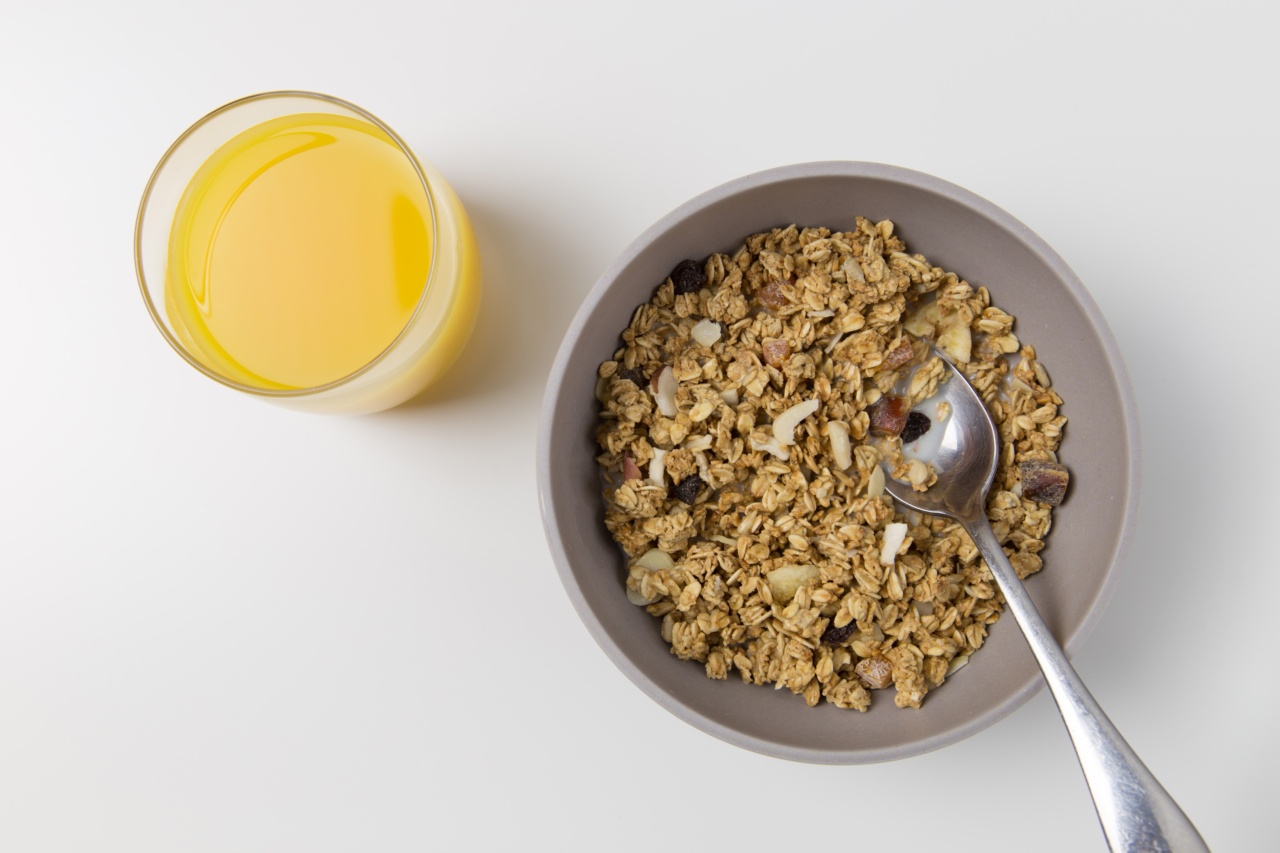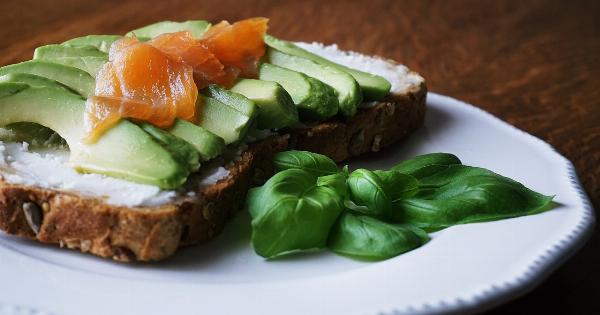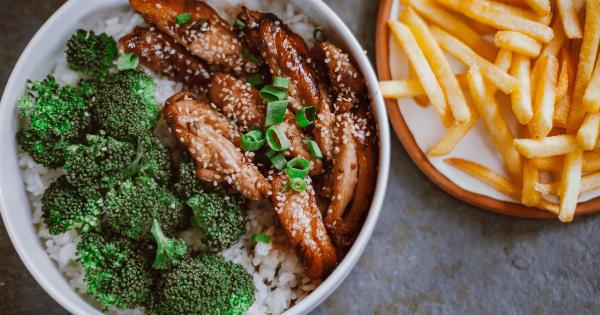Fiber is an essential part of a healthy diet, and most people don’t consume enough of it.
There are many benefits associated with increasing your fiber intake, including improved digestion, weight management, and a reduced risk of chronic diseases such as heart disease and diabetes. If you’re looking to add more fiber to your diet, here are some tips to get you started.
1. Eat More Whole Grains
Whole grains are a great source of fiber. They contain all three parts of the grain, including the bran, germ, and endosperm. Examples of whole grains include brown rice, quinoa, bulgur, and oats.
To add more whole grains to your diet, switch to whole grain varieties of bread, pasta, and cereal.
2. Increase Your Fruit and Vegetable Intake
Fruits and vegetables are excellent sources of fiber. They also contain a variety of vitamins and minerals that are important for overall health. Aim to eat at least five servings of fruits and vegetables each day.
Choose a variety of colors to ensure that you’re getting a range of nutrients.
3. Add Legumes to Your Meals
Legumes, such as beans, lentils, and chickpeas, are high in fiber and protein. They’re also a great source of iron and other minerals. To add more legumes to your diet, try making a bean salad, adding lentils to your soup, or having hummus as a snack.
4. Snack on Nuts and Seeds
Nuts and seeds are a good source of fiber, healthy fats, and protein. They can also help to keep you feeling full and satisfied between meals. Almonds, pistachios, chia seeds, and flaxseeds are all high in fiber.
Try adding them to your yogurt or oatmeal or eating them as a snack.
5. Choose High-Fiber Snacks
Choosing high-fiber snacks can help you to increase your daily fiber intake. Some good options include fruits, vegetables, whole grain crackers, and popcorn.
Try to avoid snacks that are high in sugar and fat, as these can be low in fiber and may not provide as much nutritional value.
6. Use Whole Grain Flour When Baking
When you’re baking, try using whole grain flour instead of white flour. Whole grain flour is higher in fiber and nutrients than white flour.
You can use whole wheat flour, spelt flour, or a combination of different flours to make your baked goods healthier.
7. Drink Plenty of Water
Fiber needs water to do its job properly. Drinking plenty of water can help to make sure that fiber moves through your digestive system smoothly. Aim to drink at least eight glasses of water each day.
If you’re not a fan of plain water, try adding lemon or cucumber slices for flavor.
8. Start Slowly
If you’re not used to eating a lot of fiber, it’s important to start slowly. Adding too much fiber to your diet too quickly can lead to bloating, gas, and stomach cramps.
Try adding one high-fiber food to your diet each day, and gradually increase your intake over time.
9. Read Food Labels
Reading food labels can help you to make informed choices about the foods you eat. Look for foods that are high in fiber and low in sugar and fat. Pay attention to the serving size, as this can impact the amount of fiber you’re consuming.
10. Speak to Your Doctor
If you’re making significant changes to your diet, it’s a good idea to speak to your doctor or a registered dietitian.
They can help you to determine the right amount of fiber for your individual needs and make sure that you’re meeting your nutritional requirements.































